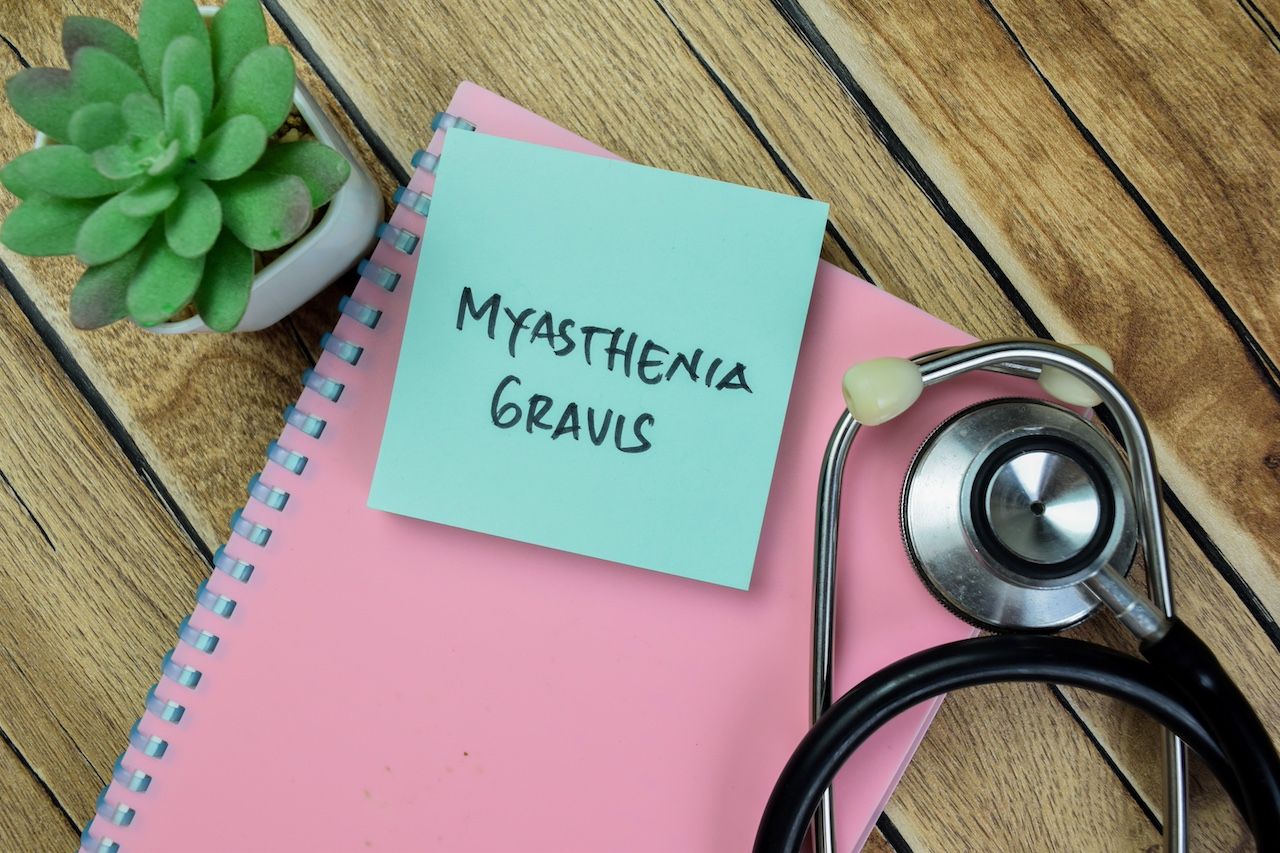- Center on Health Equity & Access
- Clinical
- Health Care Cost
- Health Care Delivery
- Insurance
- Policy
- Technology
- Value-Based Care
Intravenous Nipocalimab Infusions Safe, Effective Against Autoantibody-Mediated Diseases
After being found effective over longer durations with smaller doses, this study found that nipocalimab infusions resulted in a tolerable safety profile and remained effective even in shorter treatment periods and with larger doses.
Single doses of nipocalimab were tolerable and effective in patients with autoantibody-mediated diseases, with no severe adverse effects (AEs) reported among study participants, according to an investigation published in Frontiers Neuroscience.1
Autoantibody-mediated diseases have typically been treated using a variety of strategies, including conventional immunosuppression, intravenous immunoglobulin, and drugs that target B cells and reduce the production of antibodies, the investigators discussed. However, these treatments have drawbacks. The investigators noted that they could lack acceptable efficacy, impose a heavy burden on health care systems and patients, and be nonspecific, which can result in tolerability problems after long-term exposure.
Nipocalimab is an immunoglobulin G (IgG1) monoclonal antibody that is designed to block the IgG binding site on the neonatal Fc receptor (FcRn), which reduces the pathology of autoantibody-mediated diseases. A previous study established nipocalimab’s safety over 2-hour periods at rates up to 0.5 mg/kg/min in a first-in-human trial, according to the investigators.2
In the current study, the researchers aimed to examine the tolerability, safety, pharmacokinetics (PK), and pharmacodynamics (PD) of single 30- or 60-mg/kg IV doses of nipocalimab in healthy adults over a range of infusion times between 60 and 75 minutes. The study was randomized, double blind, and placebo controlled with escalating infusion and dose rates.
Thirty-nine participants completed the study, of which 30 received nipocalimab and were included in the analysis of PK and PD. Forty percent of participants had any AEs across all nipocalimab dosing cohorts, and 10% experienced AEs after the administration of a placebo, the investigators found. None of the AEs were severe, however, and there were no deaths or suspensions of treatment due to AEs at any infusion rate of nipocalimab, the investigators observed. The AE most frequently reported was headache, in 6 participants (20%) receiving nipocalimab and 1 participant (10%) receiving placebo.
Regarding PK, the investigators found that the mean serum nipocalimab concentration-time profiles were similar following all 30-mg/kg infusions, regardless of infusion rate, and were about 2 times higher after a 60-mg/kg infusion. Further, for PD, they found that mean baseline serum IgG levels ranged from 1105 to 1270 mg/dL across the treatment cohorts. Mean IgG values decreased from baseline compared with placebo after administration of nipocalimab, with similar decreases observed following all 30-mg/kg infusions and larger decreases seen after a 60-mg/kg infusion, the investigators found.
Overall, the results of the study indicate that nipocalimab infusions at higher doses and with infusion durations as short as 7.5 minutes were tolerated well, with a favorable safety profile for patients. The investigators noted that their results could lead to decreased patient burden and greater ease and efficiency of treatment administration in clinical settings.
Notably, serum IgG reductions with nipocalimab showed dose dependence, with a 64% reduction from baseline following 30-mg/kg infusions and a 79% reduction following 60-mg/kg infusions, the investigators found. Nipocalimab’s high affinity for the FcRn IgG binding site may explain the tolerability of nipocalimab observed in the study.
Myasthenia gravis diagnosis | Image Credit: syahrir - stock.adobe.com

The investigators discussed a phase 3 study currently underway evaluating nipocalimab for treatment of myasthenia gravis (gMG) that uses the shortened infusion durations that were demonstrated in this current study, giving outside verification that their results were accurate and consistent.
“These preliminary findings also support the selection of dose and infusion rate in ongoing phase 2 and 3 studies of nipocalimab for the treatment of gMG and other IgG autoantibody-mediated diseases,” the investigators concluded.
References
- Leu J H, Vermeulen A, Abbes C, et al. Pharmacokinetics and pharmacodynamics across infusion rates of intravenously administered nipocalimab: results of a phase 1, placebo-controlled study. Front Neurosci. Published online February 1, 2024. doi:10.3389/fnins.2024.1302714
- Ling LE, Hillson JL, Tiessen RG, et al. M281, an anti-FcRn antibody: pharmacodynamics, pharmacokinetics, and safety across the full range of IgG reduction in a first-in-human study. 2019;105(4):1031-1039. doi:10.1002/cpt.1276
